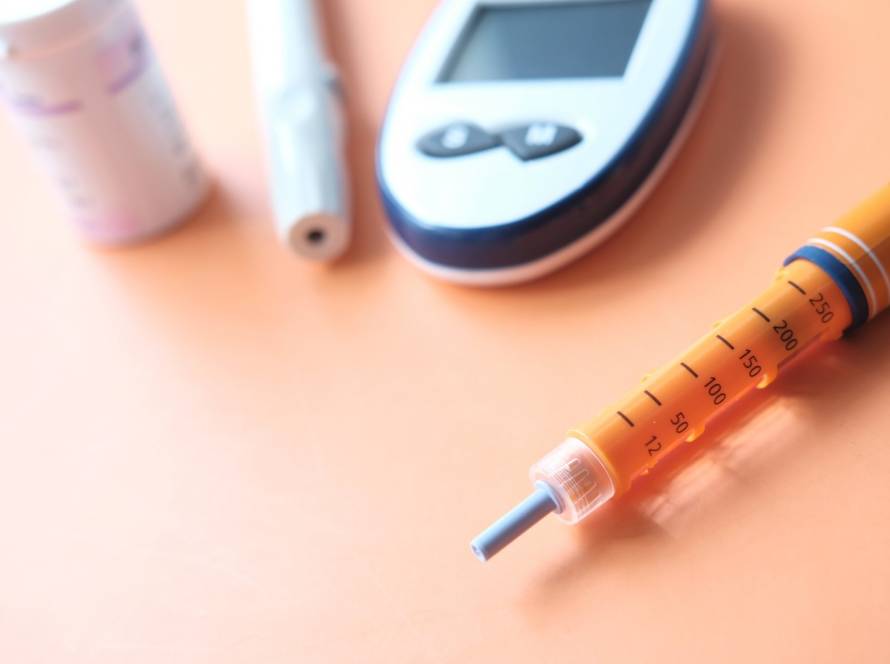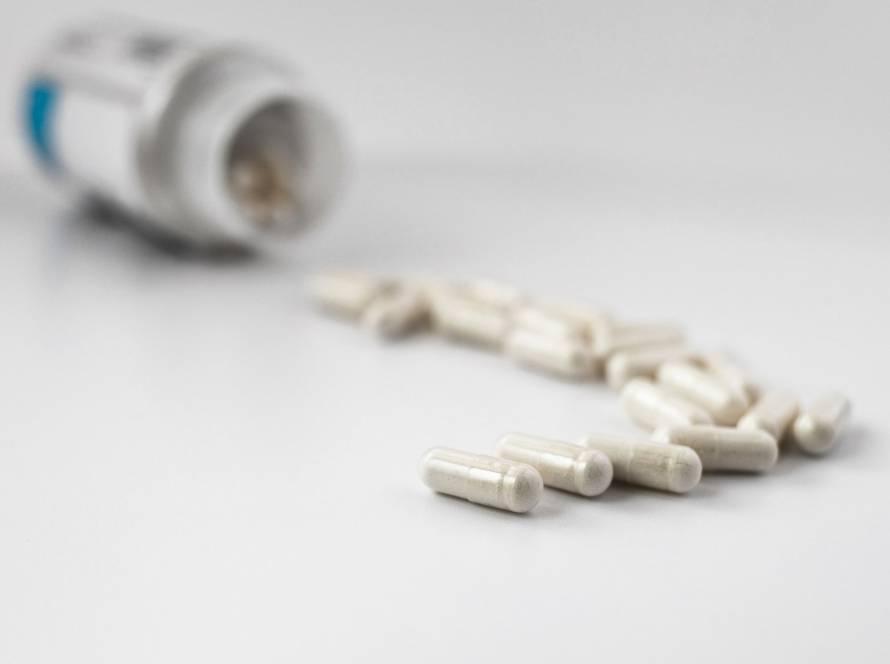Our cells face a basic challenge every day, genetic instability. Each cell in our body deals with thousands of DNA lesions daily. This creates an ongoing fight to maintain genomic integrity that affects how we age and how long we live.
This piece explores what is genetic instability and how it connects to longevity. We’ll learn detailed strategies that could help alleviate its effects. Understanding these basic biological mechanisms helps us make better choices to support healthy aging and possibly extend our lifespan.
What is genetic instability?
Genetic instability is a biological process where cells tend to accumulate mutations and genetic alterations more frequently. A genetic mutation changes one DNA sequence, but genetic instability affects the rate at which new mutations occur. This difference is significant, genetic instability doesn’t just create mutations but speeds up how fast they pile up.
Definition and difference from genetic mutations
Our genetic material can undergo various DNA alterations that permanently change its information content. These changes range from tiny nucleotide modifications to major chromosome reshuffling. A mutation shows a specific change that has already happened, while genetic instability describes the condition that keeps creating these changes. Mutations are simply the outcome and instability is what makes them happen.
Types of genome instability: CIN, MSI, point mutations
Scientists recognize several distinct types of genetic instability:
- Chromosomal instability (CIN) shows up in approximately 90% of solid tumors. CIN changes happen at the chromosome level. These changes can be numerical where chromosomes get added or lost, or structural with parts moving around, disappearing or rearranging themselves;
- Microsatellite instability (MSI) targets short repetitive DNA sequences called microsatellites. DNA mismatch repair system problems cause MSI. About 15% of colorectal cancers, 20% of gastric cancers and 5% of pancreatic cancers have MSI;
- Point mutation instability (PIN) makes random nucleotide point mutations happen more often. Cancer cells can have point mutations rates up to 200-fold higher than normal cells.
How it differs from genetic stability
Genetic stability means cellular machinery works correctly to keep genetic material intact. Cells naturally use multiple protective systems including DNA repair pathways, cell cycle checkpoint and apoptosis. These systems work together to keep DNA replication and cell division accurate.
Properly working protective mechanisms keep mutation rates low. Humans average only 0.35 mutations per generation in protein-coding regions that could change amino acids. Notwithstanding that, compromised genetic stability dramatically increases mutation rates and leads to potential risks for cell function and health.
How genetic instability affects aging and longevity
DNA damage builds up as we age and plays a key role in how long we live. Our cells face bigger challenges that affect our health and lifespan as they get older.
Accumulation of DNA damage over time
Each active mammalian cell faces about 10^5 DNA lesions daily, according to studies. Our cells have good repair systems, but some damage still slips through and piles up over time. The damage becomes harder to fix as time passes. Studies show that markers of double-strand DNA breaks stay high in aging tissues. On top of that, somatic mutations grow with age and show up more often in people who have neurodegenerative diseases. This creates a cycle that feeds itself, unrepaired DNA damage makes genes unstable, which makes it harder for the body to keep cells healthy.
Link to age-related diseases like cancer and neurodegeneration
Scientists have linked chromosome instability (CIN) to aging and premature aging symptoms. CIN also plays a big part in how neurodegeneration develops later in life. This becomes clear in Alzheimer’s disease, where CIN shows up in specific brain areas that get affected. Research shows that oxidative DNA damage runs about 22% higher in people just diagnosed with bipolar disorder. Beyond mental health issues, unstable genes create cell changes that mark aging processes and lead to higher risks of illness and death.
Impact on stem cell function and tissue regeneration
Tissues lose their ability to heal with age because DNA damage builds up in stem cells. When aging blood stem cells (HSCs) have unstable genes, they can’t keep tissues working right. Research shows that mutations build up in human HSCs throughout life and can change how these stem cells work. So, when DNA repair systems like Fanconi anemia break down, bone marrow fails early. This problem goes beyond blood, muscle stem cells show similar age-related problems from DNA damage. The body’s tissues break down faster when stem cells can’t replace damaged cells properly.
What causes genetic instability?
Our genetic integrity faces threats from many biological processes and environmental factors that work together to create instability.
Errors during DNA replication
DNA replication stress leads to genomic instability. This happens when replication forks stop working or break down during DNA synthesis. The human cell faces approximately 70,000 DNA lesions daily just from internal sources. Cells with low DNA polymerase levels show genetic changes that are 100 times higher than normal. On top of that, unexpected whole-genome duplications create stress by using up crucial replication factors. This leads to incomplete replication and chromosome problems.
Oxidative stress and reactive oxygen species (ROS)
Metabolic byproducts like ROS keep threatening our genomic stability. These species come from mitochondrial respiration when electrons in the transport chain move straight to oxygen molecules. High ROS levels damage DNA, oxidize proteins and break down lipids, which creates oxidative stress. The hydroxyl radical proves most harmful as it attacks cell components through Fenton reactions. Research shows that cells exposed to oxidative stress for long periods show chromosomal instability in about 10-20% of survivors.
Environmental exposures: radiation, chemicals, pollution
The environment plays a big role in genome instability. Radiation, chemicals and pollution add to DNA damage. UV light causes skin cancer, aflatoxin B1 damages the liver and tobacco smoke affects the lungs. Scientists have found 30 different patterns of mutations from these sources, but we still don’t know what causes most of them.
Defects in DNA repair pathways
Problems with DNA repair systems make genomic instability worse. The body uses several repair methods: base excision, nucleotide excision, mismatch repair and fixing double-strand breaks through homologous recombination or non-homologous end joining. People born with faulty repair genes often get cancer syndromes like xeroderma pigmentosum. Cancer cells can also develop repair gene mutations that help them resist treatment.
Epigenetic changes and telomere shortening
Telomeres getting shorter raises genomic instability risks. These structures shrink with each cell division because most body cells stop making telomerase after birth. The G-rich sequences in telomeres make them easy targets for oxidative damage. Changes in how genes are expressed affect telomere health too. Studies of patients with telomere disorders show they age faster at the cellular level compared to healthy people.
Can we reduce or prevent genetic instability?
Scientists have found several ways to reduce genetic instability and keep our genomic integrity strong throughout our lives, beyond just knowing what causes these issues.
Role of DNA repair mechanisms and cellular checkpoints
Our body’s natural DNA repair pathways are the foundations of genetic stability. Nucleotide excision repair (NER), base excision repair (BER) and mismatch repair (MMR) work together to fix single-stranded DNA damage. More complex double-strand breaks get fixed through homologous recombination or non-homologous end joining. Cell cycle checkpoints work like quality control systems. They stop cell division right away if DNA problems show up, which gives repair mechanisms time to fix the damage. These checkpoints turn on special DNA repair programs that work with cell cycle arrest to keep our genome stable.
Lifestyle factors: sleep, exercise, toxin avoidance
Getting good sleep (7-9 hours each night) affects DNA repair by a lot. It makes memory work better and helps get rid of toxins while cells heal. 150 minutes of moderate to vigorous exercise weekly gets more sirtuins and thus encourages more mitochondrial biogenesis and DNA repair. On top of that, we can help prevent DNA damage by staying away from unnecessary pesticides and herbicides and using protective gear when working with potentially harmful chemicals.
Nutritional strategies and antioxidant-rich diets
Foods rich in antioxidants are vital to cutting down oxidative DNA damage. People feel more satisfied with life and show better genetic stability when they eat more fruits and vegetables daily. Here are some food choices that help reduce genetic instability:
- Turmeric (containing curcumin) helps stop oxidative stress and protein clumping;
- Foods with flavonoids like berries, apples and tea protect our DNA;
- We should avoid reheating cooking oils to prevent aldehyde formation that can damage DNA.
Supplements with evidence: NAD+, resveratrol, curcumin, sulforaphane
Nicotinamide riboside (NR) boosts NAD+ levels, which we need to activate PARP1, the key enzyme that fixes double-strand DNA breaks. Resveratrol kicks SIRT1 into action and helps express the Klotho gene (a tumor suppressor). Sulforaphane really stands out because it activates Nrf2 so well, turning on protective genes within just 30 minutes. Research shows that sulforaphane works better at inducing NQO1 than other plant compounds like andrographolides, quercetin and curcumin.
Emerging therapies: senolytics, CRISPR-based repair
Gene therapy looks promising as a new frontier, with advanced editing systems that target aging at its molecular roots. Synthetic lethality approaches work well in the clinic, especially with BRCA deficient cells through PARP inhibition. Taking vitamin D might make these treatments work even better by reducing cathepsin L, which makes cancer cells more unstable after radiation.
Genetic instability drives aging processes in our bodies. Our cells face thousands of DNA lesions every day and they constantly work to maintain genomic integrity. In spite of that, this ongoing assault doesn’t have to completely determine our fate. Research shows that our body’s repair mechanisms and external interventions can affect how genetic instability impacts longevity by a lot.


